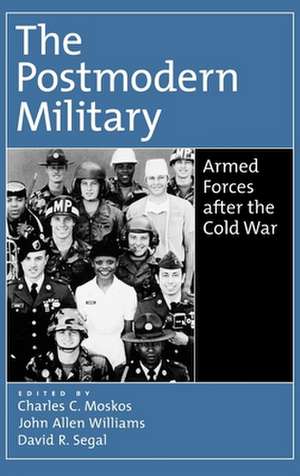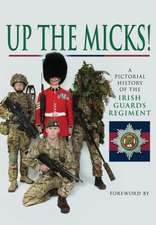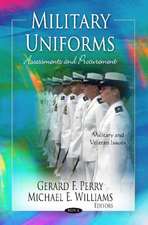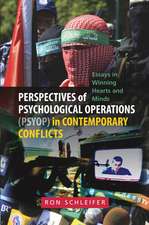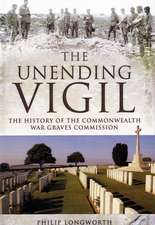The Postmodern Military: Armed Forces After the Cold War
Editat de Charles C. Moskos, John Allen Williams, David R. Segalen Limba Engleză Hardback – dec 1999
| Toate formatele și edițiile | Preț | Express |
|---|---|---|
| Paperback (1) | 771.37 lei 6-8 săpt. | |
| Oxford University Press – 26 ian 2000 | 771.37 lei 6-8 săpt. | |
| Hardback (1) | 1180.70 lei 6-8 săpt. | |
| OXFORD UNIV PR – dec 1999 | 1180.70 lei 6-8 săpt. |
Preț: 1180.70 lei
Preț vechi: 1617.41 lei
-27% Nou
Puncte Express: 1771
Preț estimativ în valută:
225.96€ • 234.11$ • 188.58£
225.96€ • 234.11$ • 188.58£
Carte tipărită la comandă
Livrare economică 21 martie-04 aprilie
Preluare comenzi: 021 569.72.76
Specificații
ISBN-13: 9780195133288
ISBN-10: 0195133285
Pagini: 304
Dimensiuni: 156 x 234 x 19 mm
Greutate: 0.61 kg
Ediția:New
Editura: OXFORD UNIV PR
Locul publicării:New York, United States
ISBN-10: 0195133285
Pagini: 304
Dimensiuni: 156 x 234 x 19 mm
Greutate: 0.61 kg
Ediția:New
Editura: OXFORD UNIV PR
Locul publicării:New York, United States
Descriere
The end of the Cold War augurs momentous changes within armed forces in Western societies. Clarification of these changes is the purpose of The Postmodern Military. The armed forces of the United States and those of other Western developed democracies are moving toward a postmodern format. The modern military that fully emerged in the nineteenth century was associated with the rise of the nation-state, war oriented in mission, a conscripted mass army,masculine in makeup and ethos, and sharply differentiated in structure and culture from civilian society. The postmodern military, by contrast, undergoes a loosening of the ties with the nation-state, becomes multipurpose in mission, moves toward a smaller volunteer force, is increasingly androgynous in makeup andethos, and has greater permeability with civilian society. The Postmodern Military assesses contemporary civil-military trends by first looking at specific areas in the U.S. military. Then, an international team of leading military sociologists assesses the postmodern thesis in twelve countries (Australia, Canada, Denmark, France, Germany, Israel, Italy, the Netherlands, New Zealand, South Africa, Switzerland, the UK). This book provides the student and defense professional with a foundation on which to base organizational and personal policies. It also has much to tell the general reader about what life is really like in today's military and how it is both the same and different around the world.
Recenzii
'Given the challenges and uncertainties of the post-Cold war era, this book contributes much-needed insight into the transformation of the military.' Journal of Peace Research
